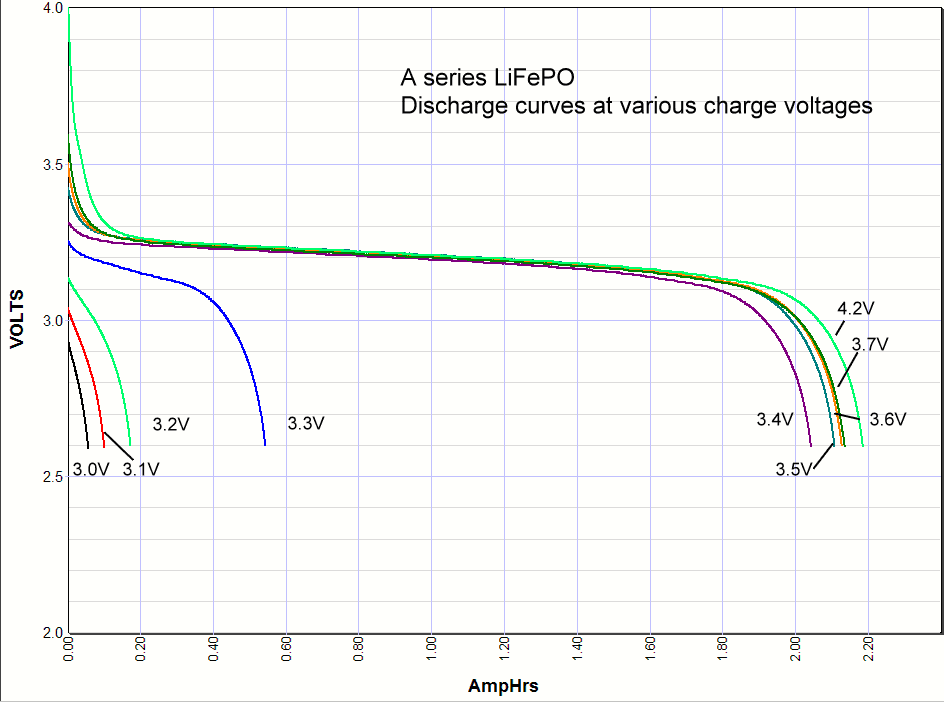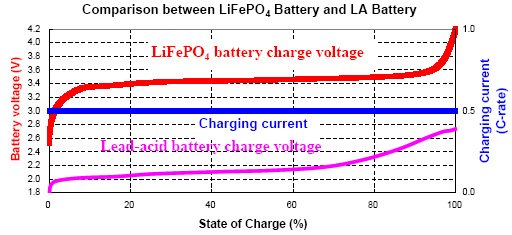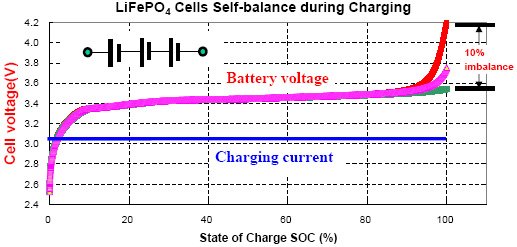I guess your memory is failing and cannot read what you wrote. You said and I quote:
That is BS and I called you out on it. Every battery charger is Bulk Absorb aka Stage 1 & 2 or CC/CV. Want FLOAT with those fries, lower the voltage to the appropriate battery chemistry called the 3rd Stage.
The terms "bulk" "absorb" "float" have no meaning in LiFePO4 charging. There is constant current and constant voltage; that's it.



 . Any damn fool knows batteries are charged with DC, and Resistance is the only factor. AC Impedance only comes into ply on digital or PWM switching Loads.
. Any damn fool knows batteries are charged with DC, and Resistance is the only factor. AC Impedance only comes into ply on digital or PWM switching Loads.
Comment